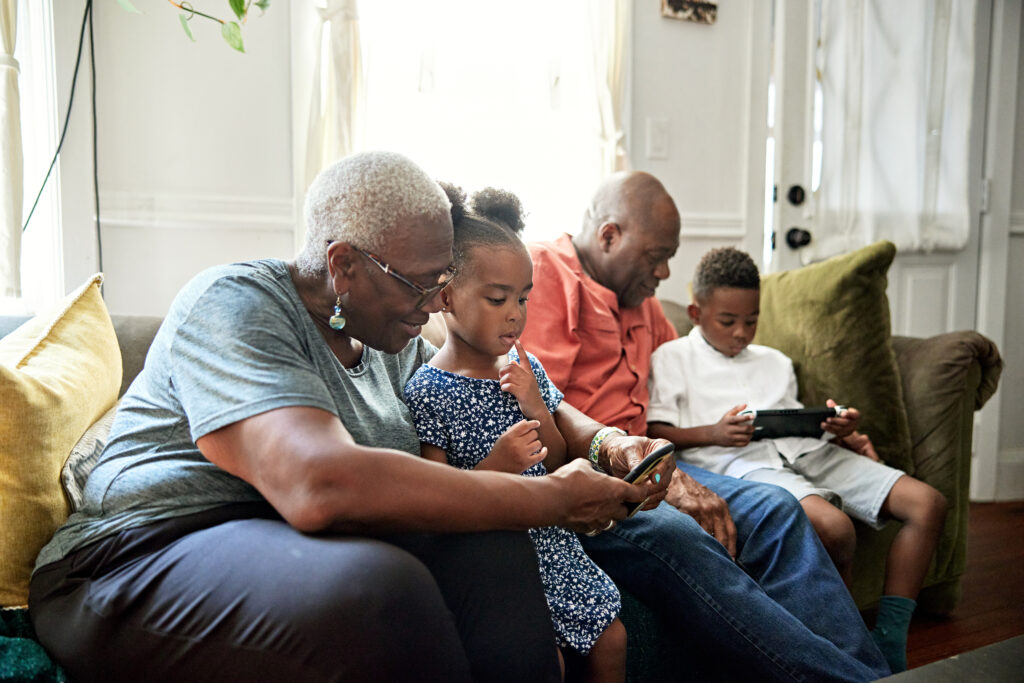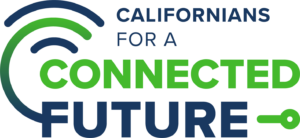

Get The Facts
It’s Time to Move
California Forward
Problem
Outdated state laws result in massive investments to maintain a 150-year-old copper phone network that only 5% (and shrinking) of residents use. These outdated laws are preventing our state from accelerating investments in modern technologies and advancing the connectivity consumers deserve.
Solution
We must update state law to invest in the most reliable, fast and affordable communications technologies for all and make sure no customers are left behind as we make the transition.
All Californians deserve reliable, fast and affordable communications options – no matter who you are, where you live, or why you need to be connected. But outdated state laws result in massive investments in aging copper landline technology that consumers are increasingly abandoning because it does not meet their needs. It’s time to move California forward.
We need to modernize California’s communications network to be:
MORE RELIABLE AND RESILIENT
California’s aging copper network is nearly 150-years-old. Many manufacturers no longer provide copper parts, and it can take weeks to restore service when the system goes down. The network is also a target for theft. Modern wireless and high-speed wired options, like fiber, are more reliable, resilient, faster and easier to restore.
SAFER
First responders rely on high-speed and mobile networks to send real-time messages, videos and location data, improving decision-making and cutting response times. When evacuation orders are issued, mobile devices keep residents connected to emergency personnel, loved ones, and life-saving updates. Additionally, during these types of emergency events, providers also frequently deploy supporting connectivity assets, like smaller mobile cell towers, to help maintain or expand services. Modernizing California’s communications network will strengthen and improve public safety.
MORE AFFORDABLE
According to the state’s largest landline provider, traditional copper home phone service costs an average of more than $70 per month despite the technology being outdated and less reliable. In contrast, internet-based phone and wireless services range from $30 to $45 per month, offering greater affordability and additional features like texting, video calls, and high-speed internet access.
TECHNOLOGICALLY ADVANCED
Only 5% of households within the service area of the state’s largest landline provider still subscribe to copper-based home phone service – a number that continues to decline. Copper landlines provide voice services but little else. Consumers are demanding modern technologies that are faster, and have far greater capabilities like high-speed internet, video conferencing, streaming, gaming, emergency services, and much more.
MORE ENERGY EFFICIENT
The state’s existing copper network is an energy hog, while modern fiber-based technologies use up to 70% less power. Fiber networks are more energy-efficient, require less space and need less maintenance compared to copper systems, reducing energy waste, cutting down on pollution and lowering emissions.
WIDELY AVAILABLE
Right now, too many Californians are being left behind, relying on outdated infrastructure that doesn’t support the demands of today’s digital world. Current state regulations prioritize legacy infrastructure maintenance, hindering investments in more modern technologies that our state should focus on, particularly for rural and underserved communities.
1 AT&T Sustainability Statement, June and August 2024.
2 Ramboll Group, February 2025, “Greener Connections: Understanding the Environmental Impacts of Fiber and Copper Communications Networks.”
